One Retinoblastoma World 2017
Sunday October 15, 2017
Washington D.C. hosted the 4th One Rb World meeting on 9 – 11 October, just before the 49th Annual Congress of the International Society of Paediatric Oncology (SIOP).
We are currently working with a volunteer editor to make the full content of One Rb World 2017 available to everyone online. We hope to have this available in the Spring of 2018.
Below, we share reflections from medical professional, parent and survivor participants, and take you on a brief photographic tour of a very memorable three days.
We sincerely thank Abby Flaxer for editing these videos.
Read Our Other One Rb Workd 2017 Blogs
Reflecting on One Rb World 2017, from WE C Hope USA President and Rb Survivor, Marissa Gonzalez
Through Our Eyes Parent Insights Shared at One Rb World 2017
We asked “where in the One Rb World are you from?”, inviting delegates to respond on our map.
A delegate from Poland seeks retinoblastoma advice from Dr Kate Paton.
Parents and survivors from around the world submitted comments to Through Our Eyes.
Family and Survivor Day
Our Family and Survivor Day was the first event of its kind in the USA. The day included a motivational talk from renowned Life Coach, Bruce Van Horn, and sessions on genetics, child life and self care. Panel discussions gave attendees the opportunity to put their questions to parents and survivors on a range of topics.
Of course, no trip to Washington D.C. is complete without a sightseeing tour! In the afternoon, everyone gathered for a unique, fun bus trip around the Capital’s famous landmarks, with time to explore the most popular sites.
Families and survivors gathered in Washington from as far as California, Arizona, Nebraska, Iowa, Canada, Spain and Poland. We were delighted to welcome such a diverse and wonderful community together – our extended One Rb World family.
Bruce Van Horn opens the first ever national US Family & Survivor Day on a motivational high.
Melissa Mills, survivor and genetic counselor, is the spirit of unity at One Rb World between parents, survivors and medical professionals.
Child Life Program
We were delighted to provide a full program of activities throughout One Rb World for children diagnosed with retinoblastoma, siblings and children of adult survivors. The program was led by Certified Child Life Specialist Morgan Livingstone, a dedicated member of the WE C Hope team.
In addition to free play for all ages, the program included a range of activities designed to help children understand their experience of eye cancer, their emotional responses, medical procedures and living with a special eye.
Medical Play featured prominently in the children’s chosen activities. They had fun playing medical dress up, blowing bubbles with sedation masks, creating syringe splatter paintings and making bracelets with plastic IV tubing.
Play is the language and university of childhood. Medical play allows children a safe way to familiarize themselves with medical materials, enabling them to gain mastery over their own medical experiences while having fun.
Medical play helps babies prepare for anesthesia.
Children gain mastery through medical play.
International bonds form at One Rb World.
Parent, Survivor and Professional Collaboration
When diagnosed early and treated effectively, retinoblastoma is highly curable. No child should die, or suffer avoidable blindness, from this eye cancer. Collaborative research, clinical care and family support to benefit the majority of children can only be developed through inclusive meetings with a real-world focus.
The One Rb World mission is to ensure that every caregiver has access to appropriate knowledge, skills, resources and collaborative opportunity to enable high quality evidence based care for each affected child, survivor and family.
One Rb World gathers together eye and cancer specialists, researchers, parents and survivors from around the world to pursue best possible care for all affected children.
The program covers early diagnosis, medical care, family support and global collaboration. Important aspects of retinoblastoma care are explored through a combination of presentations, open floor discussion and small group work.
The program encourages collaborative effort and networking, focused on understanding the needs of the child and family, and building a solid foundation to support rigorous international multi-centre research. This collaboration will ultimately build greater knowledge and scientific evidence, improving survival, vision outcomes and psychosocial care for all children, families and survivors.
Awreness Raising and Screening for Early Diagnosis
In this session, we explored the potential and limitations of different approaches to screening and early detection around the world. We considered practicalities of implementation, ability to measure impact, cost effectiveness and potential for long term sustainability with maximum reach.
We heard results from a global survey of awareness activities, learned about the effects of poor awareness in Papua New Guinea, and the impact of a 10 year awareness campaign in Honduras, and reviewed the new standards of care for screening of at-risk infants.
Staging Retinoblastoma
We reviewed the different staging and classification systems and staging impacts decision making for the child’s eye and holistic care. We also examined how uniform staging and classification aids research and development of evidence based care. We viewed a demo of DePict, a comprehensive point-of-care management tool and database that automatically stages retinoblastoma based on clinical features. In small groups, we worked together to identify TNMH staging for children with different presentations of retinoblastoma.
Retinoblastoma Genetics
We unpacked the complexities of retinoblastoma genetics, examining each possible scenario and its screening, treatment, follow up care and life-long implications. We reviewed the range of family planning options, and the genetic counselling process. We also briefly explored the opportunities for expanding genetic knowledge to families and survivors in developing countries, and emerging areas of retinoblastoma genetics research.
Treatment and Consent
We explored the various established retinoblastoma treatments and emerging therapies, and the indications, benefits and risks for each. We discussed the informed consent process and how we can best help navigate and support parents through decision making and treatment planning as strong advocates for their child.
Enucleation (eye removal surgery)
We reviewed the indications for enucleation, and the continued importance of eye removal surgery to save life, despite recent advances in eye-saving therapy. We explored surgical techniques and artificial eye process that offer optimal outcome for child’s enucleated socket and lived experience. We also considered existing evidence for lifelong socket care and management of complications, and the challenges adult survivors in particular encounter in accessing expert care for socket issues.
High Risk Features in Retinoblastoma
We explored the pathology process and the challenges involved in gaining a thorough report for every child. We reviewed the indications for further treatment after enucleation, and debated the treatment needs for children with intermediate risk. We also explored the research evidence and options to inform decision making, including parent involvement in the decision-making process when the child is identified as having intermediate risk of relapse.
Retinoblastoma In Developing Countries
We explored the global burden of retinoblastoma, and the challenges and opportunities for care in resource limited countries. We considered twinning programs, impact of awareness programs and early diagnosis, potential for multi-center research, and global collaboration. We explored key challenges affecting outcomes for children seeking care in another country, and considerations to ensure optimal outcome.
Parent Advocacy
Parent Advocacy is vital throughout the Rb journey. We explored ways in which parents can help their child manage stress during their eye cancer journey and beyond. We discussed integrated medical care solutions to protect and promote quality of life. We also considered the fundamental value of parent intuition, and how parents and medical professionals can work together to from a strong holistic team advocating for the child’s complete wellbeing.
Psychosocial Outcomes
We considered the small published body of evidence on outcomes for survivors of retinoblastoma and their relatives. We explored the findings alongside the experiences of survivors who live daily with the effects of retinoblastoma. We discussed how future studies could be developed to effectively capture accurate outcome data, and how survivors, parents, and children still in treatment can be involved in progressive research. We acknowledged that when all stakeholders work together, we will help change the Rb experience and outcomes for the next generation of adult survivors and newly diagnosed families.
Survivorship and Lifelong Care
We reviewed the long-term health risks associated with retinoblastoma and its treatment. We will discussed approaches to long term follow up care and screening. We explored ways in which our global community can assist parents and adults to effectively advocate for their ongoing health care needs.
Collaborative Research
We reviewed the history of retinoblastoma treatment and clinical research. We discussed the clinical research process and what parents need to be aware of when their child is involved in research. We explored the role of the Children’s Oncology Group in Rb research, and the potential of multicenter clinical trials to aid evidence based care. We also learned of two new research studies emerging at Children’s Hospital LA, one opening as a multicenter clinical trial in the new year to test a new chemotherapy delivery system.
Thank You!
Thank you to everyone who participated in One Rb World this year. Thank you for creating valuable discussion, shared learning and deeper understanding. Thank you for working together to help find ever-better ways forward. Thank you for helping us create a future in which no child dies from retinoblastoma, no child loses sight unnecessarily, no survivor is left to flounder without appropriate life-long care, and every child, survivor and family has the compassionate support they need throughout the Rb journey.
One Rb World Program Chair, Jesse Berry MD, addresses the meeting, while event Chair and WE C Hope USA President, Marissa Gonzalez, looks on.
WE C Hope USA Directors, Thomas Reid and Mark Billings, and volunteer Lisa Hester, read comments and questions from livestream viewers.
One Rb World is a golden opportunity for parents, survivors, researchers and professionals to meet, share insight, expand knowledge and advance care together.
Read Our Other One Rb Workd 2017 Blogs
Reflecting on One Rb World 2017, from WE C Hope USA President and Rb Survivor, Marissa Gonzalez
Through Our Eyes Parent Insights Shared at One Rb World 2017


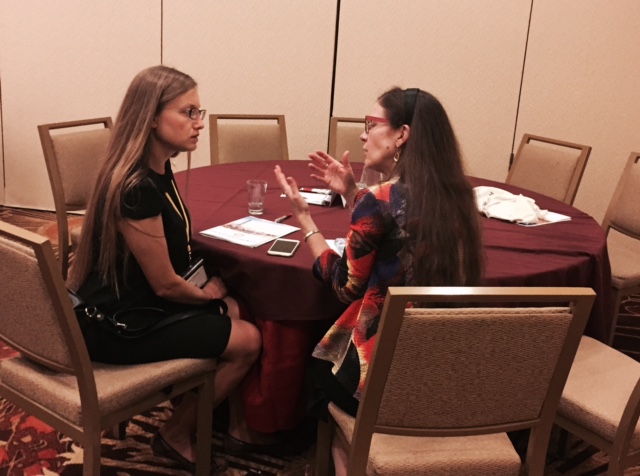





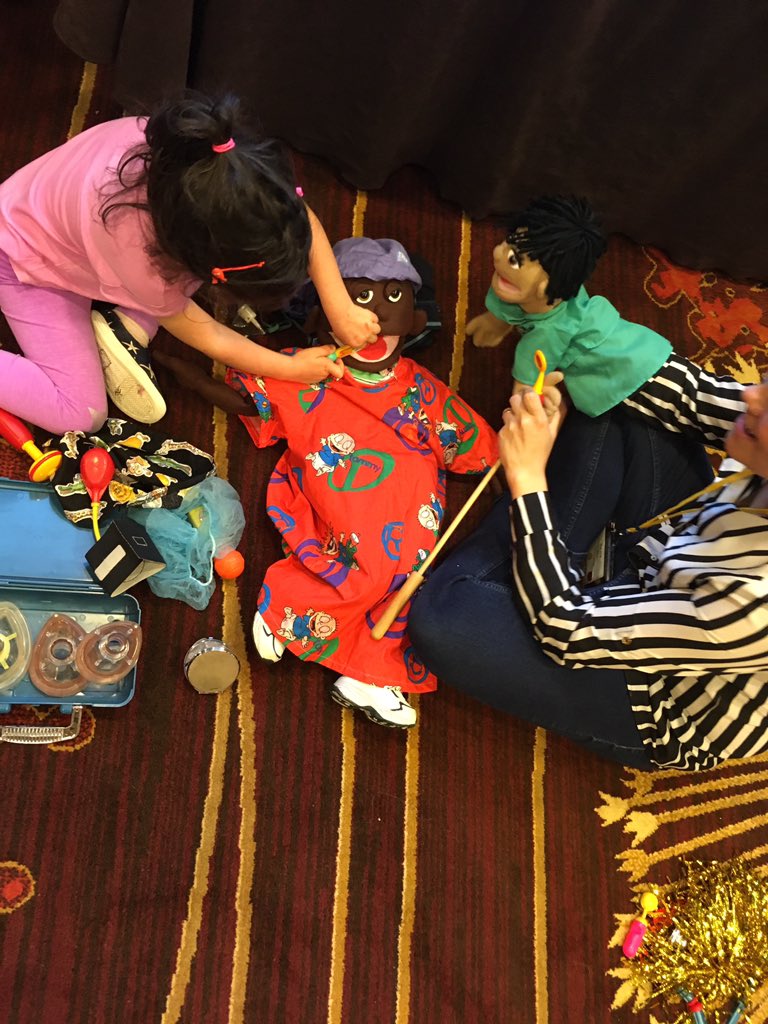
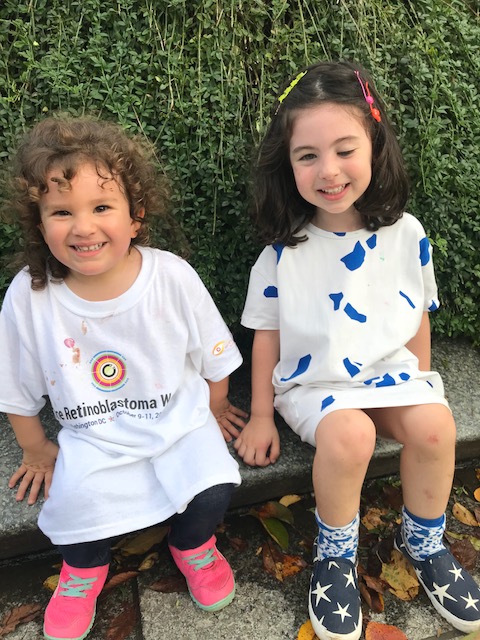
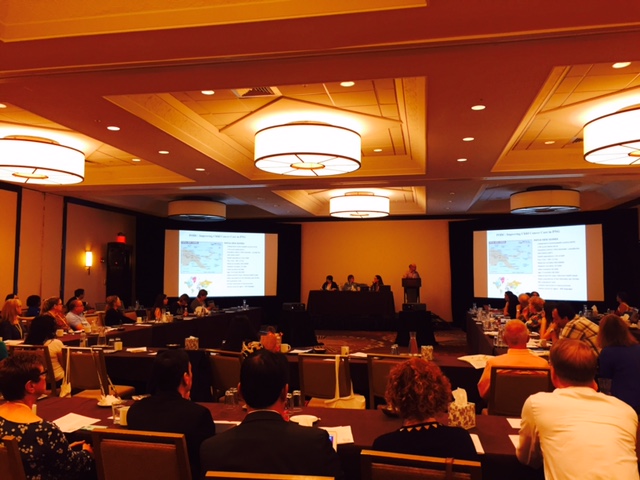
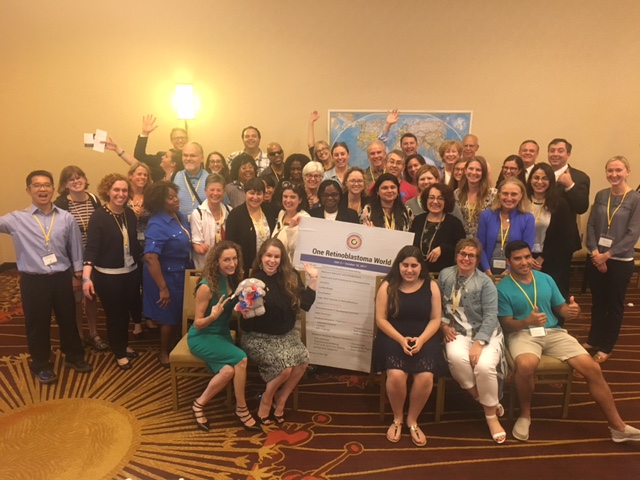
















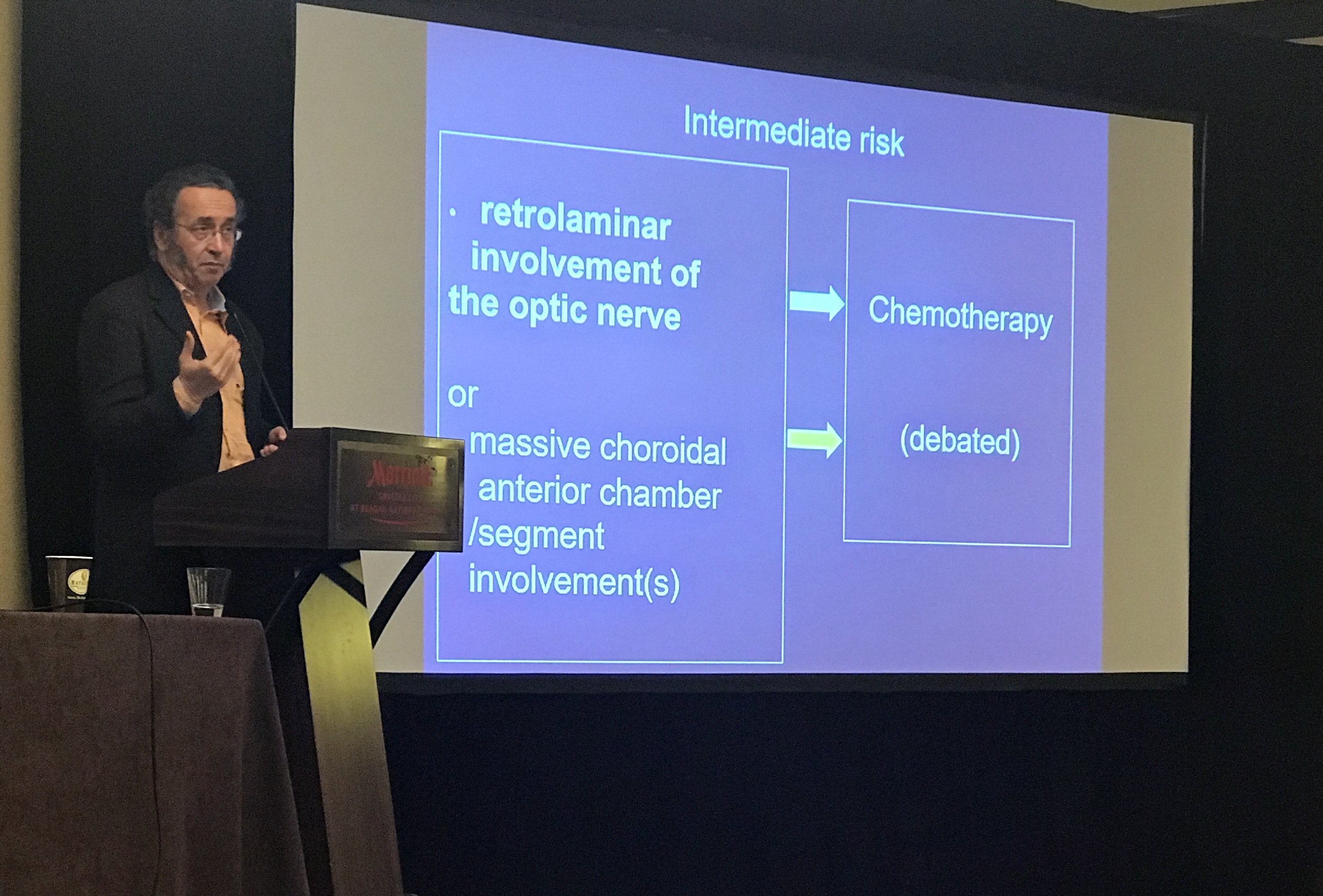



















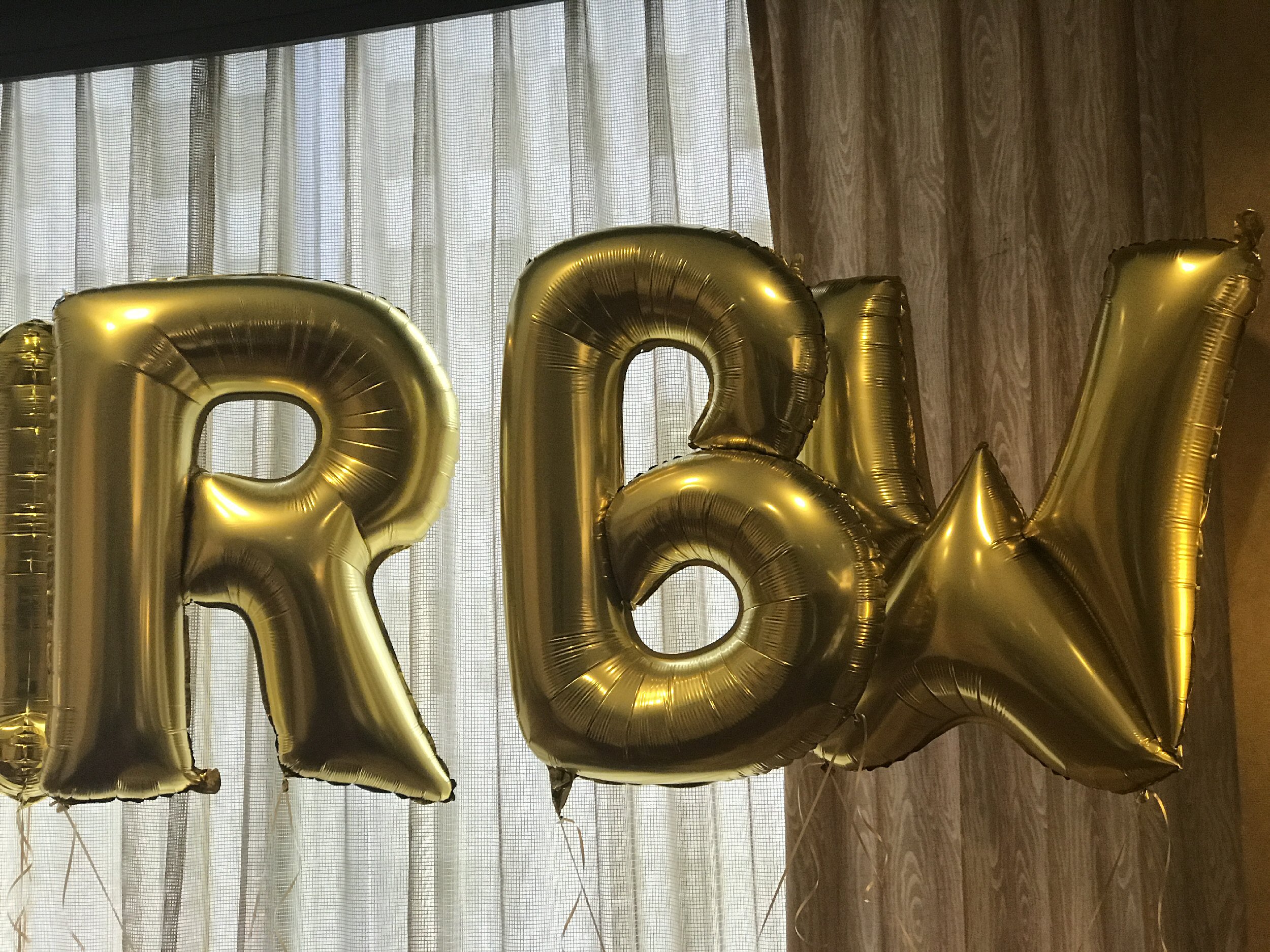


I am a Pediatric Oncology Social Worker, working in India since 2009, and really interested to learn and share more about RB in India, and know more the possibilities of working together.
Thanks & regards!